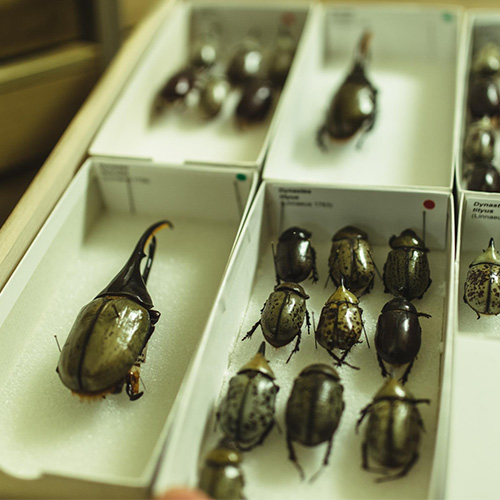Case Study KU Biodiversity Institute & Natural History Museum

The only bugs in our cabinets should be those you put in there
The University of Kansas Natural History Museum is home to large research and teaching collections. The museum’s collections have delighted generations of patrons who appreciate the diversity in collection. The building was opened in 1903 and boasts one of the world’s largest continuous dioramas, as well as nearly 11 million individual pieces.
As a research institution, the Natural history Museum only has less than one percent of its collection on display. The museum’s Collections and Facilities Coordinator, Lori Schlenker, is aware of the importance of their collections storage.
“Storage is very important for us, particularly being in a 114 year old building. We have a lot of environmental challenges, other structural challenges in a building like this. Our storage equipment, our cabinets, are really our first line of defense,” said Schenkler.
During routine inspection of the museum’s collections, Schenkler and her team discovered a dermestid outbreak. The flesh-eating beetles had infiltrated storage cabinets that held centuries-old collections. There was one notable exception.
“We don't have a single infestation in any of our Delta cases”, said Schenkler.
Delta Designs cases are designed to be hermetically sealed. Our machined attached gaskets and unique three-point locking system on our doors protect against temperature and humidity fluctuation. Our rigid construction ensures that your collections stay safe inside while potentially damaging pests stay outside.
“These collections have been around for decades before we arrived, and if we are good stewards of them and are doing our jobs, we will preserve these collections for the next 100 or 200 years. Delta cases are helping us do that.”
